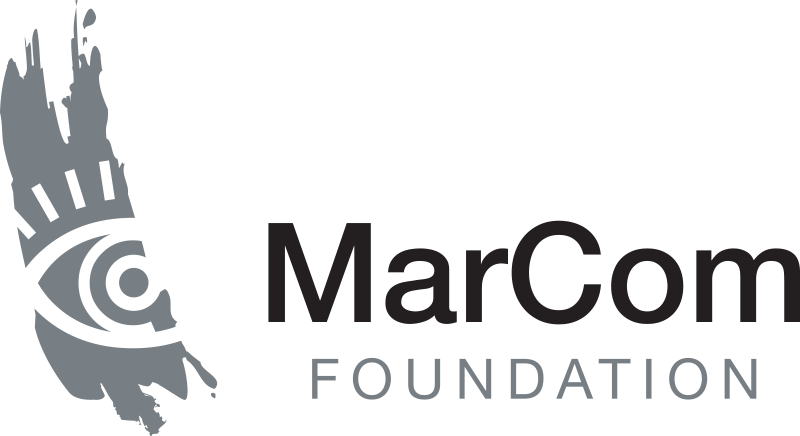In today’s fast-paced business environment, effective marketing leadership is crucial for staying ahead of the competition. Two pivotal roles often shape the marketing strategy and drive business growth: the Chief Marketing Officer (CMO) and the Marketing Director. While these titles may appear similar, they encompass distinct responsibilities and skill sets. This article explores the nuances of each role, highlighting their unique contributions and how they complement each other in achieving marketing success.
Unveiling the Role of a Chief Marketing Officer (CMO)
The Chief Marketing Officer (CMO) is a senior executive responsible for overseeing the entire marketing function within an organization. This role carries significant responsibility and influence, driving the company’s revenue growth and enhancing its brand value.
Core Responsibilities of a CMO
- Strategic Marketing Development: Crafting and executing a comprehensive marketing strategy that aligns with the company’s goals and objectives.
- Budget Oversight: Managing the marketing budget to ensure optimal resource allocation and maximum return on investment.
- Stakeholder Engagement: Building and maintaining strong relationships with key stakeholders, including customers, partners, and vendors.
- Market Insight: Conduct thorough market research and stay informed about industry trends to identify new growth opportunities.
- Leadership: Leading and inspiring a diverse team of marketing professionals to foster a collaborative and innovative culture.
Essential Skills for a CMO
- Strategic Vision: The ability to develop and communicate a compelling marketing vision that aligns with the company’s overall strategy.
- Leadership and Influence: The capacity to galvanize teams and stakeholders to drive marketing initiatives forward.
- Analytical Proficiency: Making data-driven decisions and measuring the effectiveness of marketing campaigns.
- Communication Excellence: Articulating complex marketing concepts and collaborating effectively across departments.
The Strategic Impact of a CMO
A CMO’s influence extends beyond marketing. By aligning marketing strategies with business objectives, a CMO can drive revenue growth, enhance brand reputation, and foster customer loyalty. They bring invaluable insights to the executive team, influencing key strategic decisions and ensuring the organization remains competitive in a rapidly evolving marketplace. Ultimately, a CMO shapes the overall direction and success of the organization.
Exploring the Role of a Marketing Director
While the CMO focuses on broad marketing strategies, the Marketing Director handles the operational aspects, executing marketing campaigns and initiatives. The Marketing Director ensures that marketing efforts align with the company’s strategic direction through day-to-day activities.
Key Duties of a Marketing Director
- Campaign Implementation: Developing and implementing marketing plans and campaigns to achieve defined objectives.
- Cross-functional Coordination: Ensuring seamless execution of marketing efforts across various teams.
- Performance Analysis: Monitoring and analyzing marketing performance metrics to make data-driven decisions.
- Resource Management: Managing marketing budgets and allocating resources effectively.
- Interdepartmental Collaboration: Working with sales, product development, and other departments to align marketing efforts with overall business goals.
Necessary Skills for a Marketing Director
- Execution Excellence: Translating strategic plans into actionable marketing campaigns.
- Project Management: Managing multiple projects, meeting deadlines, and ensuring successful implementation.
- Creativity: Developing innovative marketing campaigns that resonate with target audiences.
- Collaboration and Communication: Engaging stakeholders at all levels and working cross-functionally to achieve marketing objectives.
The Operational Influence of a Marketing Director
A Marketing Director excels in executing marketing plans and ensuring initiatives are consistently delivered to meet business objectives. They play a crucial role in achieving short-term goals and driving tangible results. Their practical insights and robust execution capabilities contribute significantly to the success of marketing initiatives. Moreover, they work closely with the CMO and senior executives to refine the overall marketing strategy.
Comparing CMO and Marketing Director Roles
Similarities in Leadership
Both the CMO and Marketing Director are leaders responsible for driving marketing initiatives and achieving business objectives. They collaborate closely, leveraging their unique skill sets to create synergies that yield optimal results. Both roles require effective communication, strategic thinking, and the ability to inspire and motivate teams to deliver exceptional performance.
Differences in Scope and Responsibilities
While the CMO provides strategic direction and oversees the entire marketing function, the Marketing Director focuses on implementing marketing plans and managing day-to-day operations. The CMO’s role encompasses market research, brand development, and stakeholder engagement, whereas the Marketing Director executes campaigns, manages budgets, and ensures successful implementation.
The Evolution of Marketing Leadership
Adapting to a Changing Landscape
With the rise of digital marketing, organizations can access vast amounts of customer data, enabling more targeted and personalized marketing efforts. This shift necessitates a strategic approach to marketing leadership, where CMOs and Marketing Directors leverage data insights to drive customer-centric initiatives.
Future Trends
Marketing leadership roles will become increasingly intertwined with technology and data-driven decision-making. CMOs and Marketing Directors will need to embrace artificial intelligence, automation, and predictive analytics to enhance marketing effectiveness and deliver personalized experiences at scale.
Selecting the Right Leadership for Your Marketing Team
Key Considerations
When evaluating candidates for these leadership roles, consider their experience, skill set, and alignment with the company’s culture and values. Assess their ability to think strategically, adapt to change, and drive innovation.
Impact of Organizational Structure and Size
Organizational structure and size influence the leadership needs of a marketing team. Larger companies may require a CMO to provide strategic direction and oversee diverse marketing functions. In contrast, smaller organizations may benefit from a Marketing Director who can take a hands-on approach and swiftly execute marketing plans.
Aligning Leadership Roles with Business Goals
Ultimately, the leadership roles within a marketing team should align with the organization’s business goals and overall strategy. Whether you choose a CMO, Marketing Director, or both, it is crucial to ensure their roles are well-defined and complementary, fostering collaboration and driving marketing success.
Conclusion
Effective marketing leadership is indispensable for organizations striving for success in today’s competitive business landscape. The CMO and Marketing Director roles offer distinct but complementary skill sets, with the former providing strategic direction and the latter driving effective execution. By understanding the nuances of these roles and aligning them with business objectives, organizations can nurture a thriving marketing ecosystem that generates long-term value and sustainable growth.
For organizations looking to enhance their marketing leadership, fractional CMO services offer access to a team of branding and marketing experts capable of formulating sound branding and marketing strategies and aiding in the execution of all necessary assets. Sign up for a free consultative session with one of our collaborating Fractional CMOs today to explore how these services can benefit your business.






